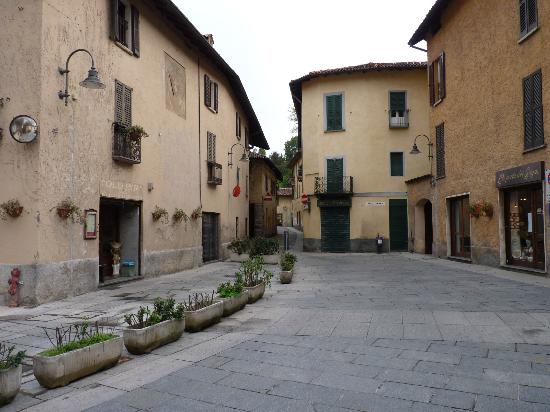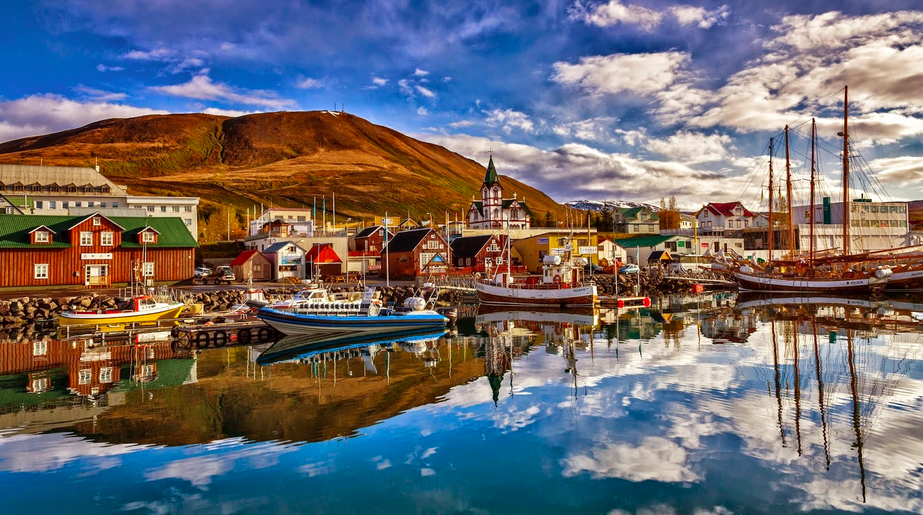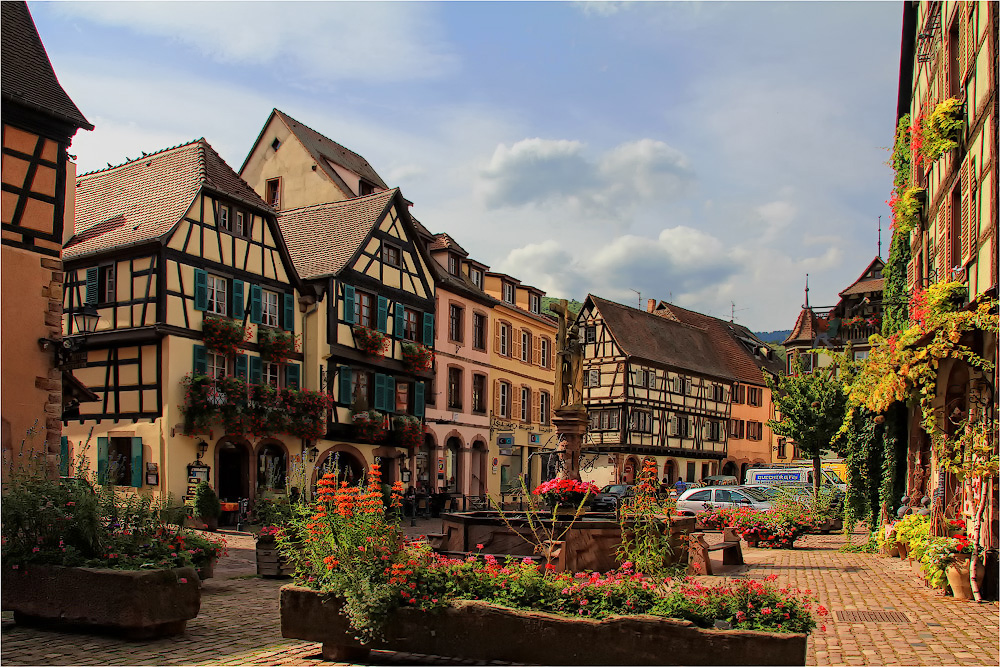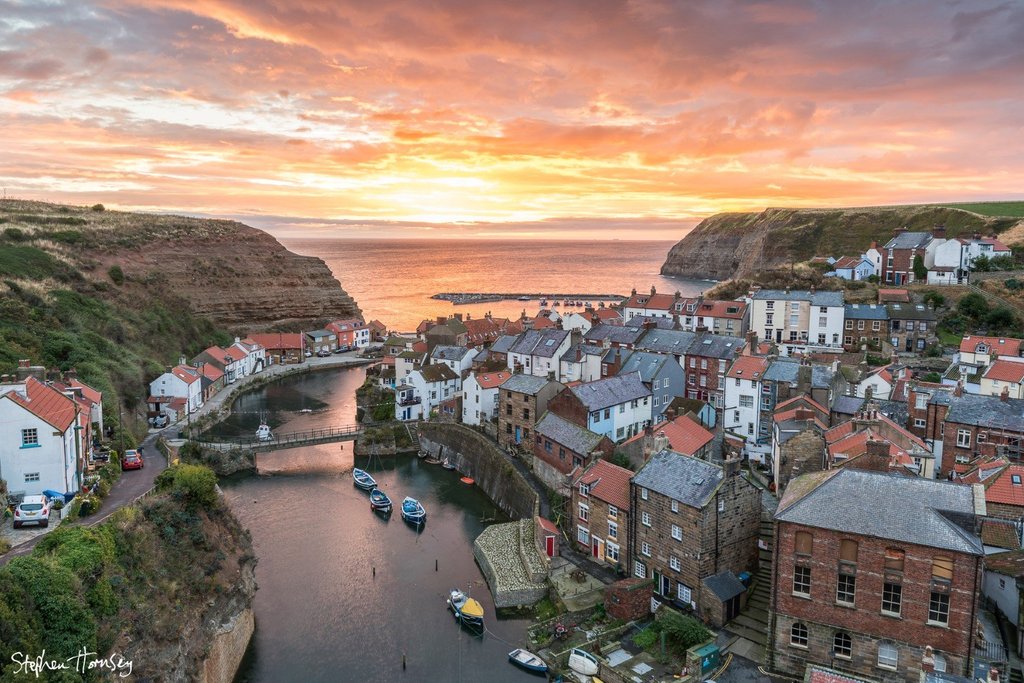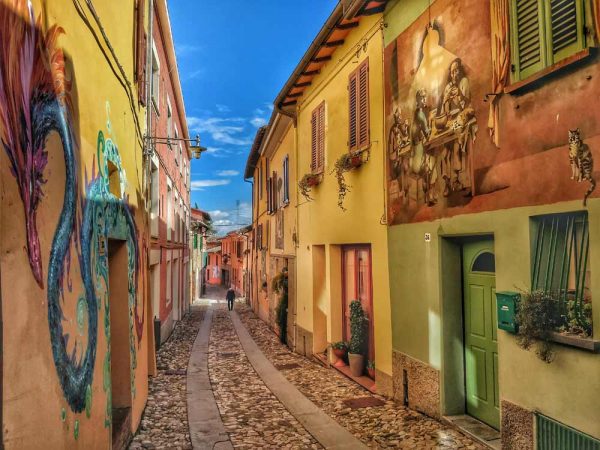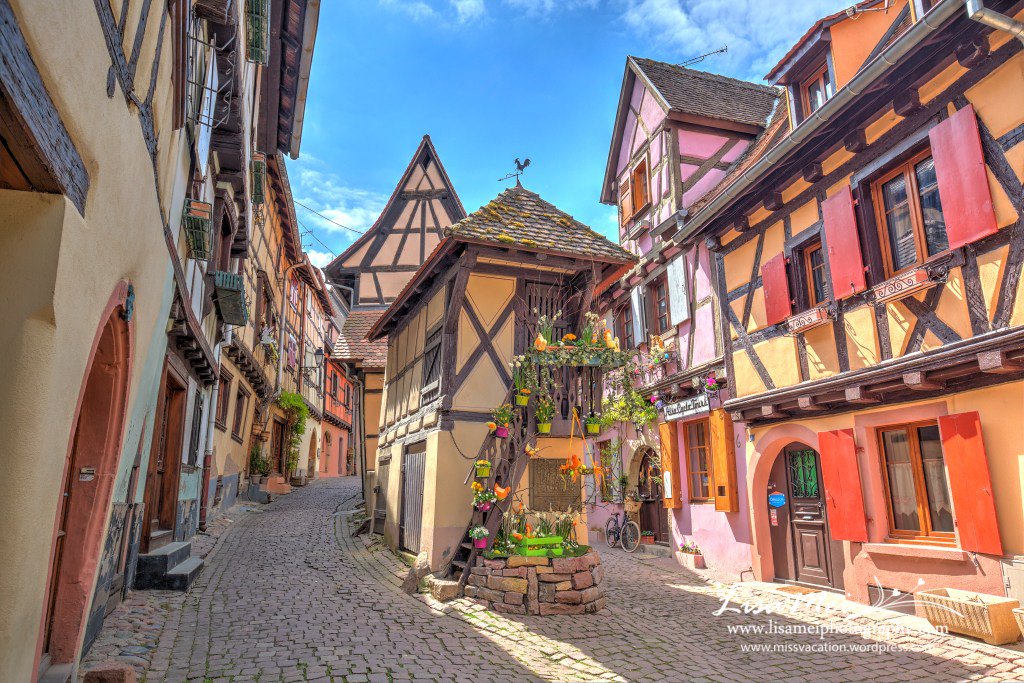…Nothing is more moving than suddenly finding a trace or figure of art known and delighted in a foreign place, like a flower of our climate in a northern garden.
I remember the marvelous pleasure I had in Castiglione Olona, entering the Baptistery and finding myself immersed in Masolino’s painting as in a fresh Tuscan prairie blooming with yellow and reddish flowers.
What new thing is added to my enjoyment in finding the exquisite artificer within that sort of mystical Florentine citadel built by Cardinal Branda on the Lombard hill?
Castiglione Olona boasts an ancient history . The testimonies of art, faith and history still visible make this town in the Varese area a rare and precious place.
The origin of Castiglione, according to one legend, dates back to the year 401 A.D., when the Roman general Stilicho established an encampment on whose traces the village and then the present Borgo developed. Hence the reason why many believe that Castiglione’s name derives from the Latin "Castrum Legionis."
In 1873 by Royal Decree the village assumed its present name of Castiglione Olona.
The Renaissance era was the period of maximum splendor of this place due to the presence and particularly enlightened initiatives of Cardinal Branda Castiglioni, then, after a long decline in the mid-1800s, thanks to the industriousness and ingenuity of the Mazzucchelli family, Castiglione Olona became the first industrial hub of the province of Varese.
A visit to the village can begin at the central Villa or SS.Corpo di Cristo Church, a unique example of a humanistic-inspired building with a cylindrical tiburium. Inside are works from the 15th century.
Opposite is Palazzo Branda Castiglioni, the building, composed of two bodies, one from the 14th and the other from the 15th century with later extensions, has rooms with valuable frescoes from the 1400s of the Lombard and Tuscan schools. Its main rooms are the Cardinal’s Chapel of "St. Martin," the Quadreria, and the Cardinal’s bedroom and study. At the top of the short slope of Via Cardinale Branda rise the ruins of the gate that entered the ancient castle: here is the Collegiate complex consisting mainly of the church and baptistery. The chie sa in Gothic-Lombard style with a Latin cross was dedicated in 1425 to the Virgin and Saints Stephen and Lawrence depicted together with St. Ambrose and St. Clement in the beautiful portal lunette. The marble rose window also stands out on the facade.
Inside, which is divided into three naves, note in the sails of the apse "The Stories of the Virgin" frescoed by Masolino da Panicale. Also in the apse are frescoes of the Tuscan school (Paolo Schiavo and Lorenzo Di Pietro known as "il Vecchietta"). Completing the interior are the sarcophagus of Cardinal Branda, a chandelier of the Flemish school, and two 15th-century altarpieces in polychrome stone. In the same area stand the Gothic bell tower and the square-plan baptistery with polygonal apse. Its walls and vaults are entirely frescoed by Masolino da Panicale (1435) with episodes from the life of St. John the Baptist.
The adjacent small Museo della Collegiata houses precious sacred objects and some interesting works of art. A final tour of the village will lead to the discovery of further details and evidence related to its period of artistic flourishing. Also worth mentioning is the summer event of the Palio dei Castelli with historical re-enactment in costume and the exciting barrel race.
